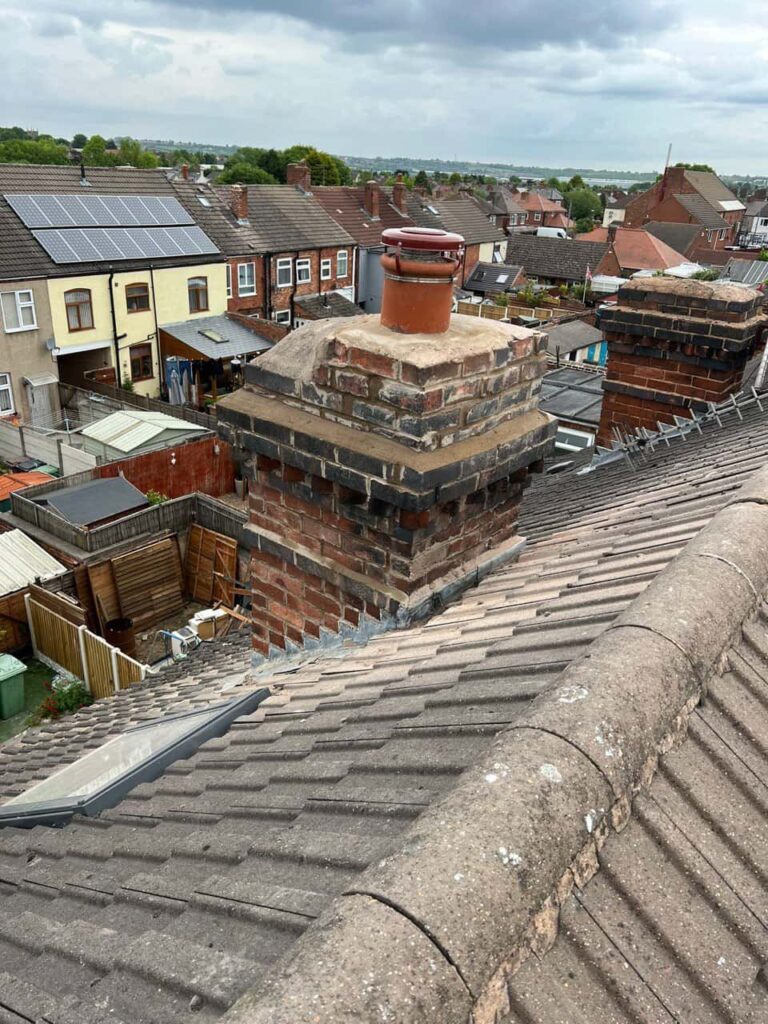Introduction: Lead flashing is essential to your roofing system, providing a watertight seal in vulnerable areas to prevent water infiltration. However, it’s not just rain and snow that you need to worry about when it comes to the integrity of your flashing. Tree debris, such as leaves, branches, and even sap, can significantly threaten lead flashing. In this blog post, presented by Giltbrook Roofing Repairs, we’ll explore the impact of tree debris on lead flashing and how you can protect your roofing system from potential damage.
Understanding the Threat of Tree Debris
Trees are a beautiful addition to any property, offering shade, aesthetics, and improved air quality. However, they can also create challenges for your roofing system:
- Leaves: Falling leaves can accumulate on your roof and in gutters, creating a dam that prevents proper drainage. This can lead to standing water, gradually seeping under lead flashing and causing leaks.
- Branches: Overhanging branches can scrape against lead flashing during windy conditions or heavy storms, potentially damaging or displacing the flashing material.
- Sap: Some tree species exude sap that can be highly adhesive and difficult to remove. When sap comes into contact with lead flashing, it can compromise its waterproofing capabilities.
- Moss and Algae: Trees can create shade and moisture-rich environments that promote the growth of moss and algae on your roof. These organisms can deteriorate lead flashing over time.
Protecting Lead Flashing from Tree Debris
- Regular Roof Inspections: Schedule routine roof inspections to assess the condition of your lead flashing. Look for signs of damage or deterioration caused by tree debris.
- Trim Overhanging Branches: Trim branches that hang over your roof to prevent them from coming into contact with lead flashing during storms.
- Gutter Maintenance: To ensure proper drainage, keep gutters clean and free of leaves and debris. This will help prevent water backup that can compromise lead flashing.
- Roof Cleaning: Periodically clean your roof to remove leaves, moss, algae, and other debris. Consider using a professional roof cleaning service to avoid damaging the roofing material or lead flashing.
- Protective Coatings: Some sealants and coatings can be applied to lead flashing to enhance its resistance to tree debris and environmental factors.
- Leaf Guards: Install leaf guards or gutter protection systems to prevent leaves and debris from entering your gutters and piling up on the roof.
Professional Inspection and Repairs
If you suspect that tree debris has already caused damage to your lead flashing or roofing system, it’s essential to seek professional inspection and repairs promptly. Ignoring the issue can lead to more extensive and costly damage over time.
Conclusion: Tree debris can significantly impact the integrity of your lead flashing and roofing system. Regular maintenance, including roof inspections, gutter cleaning, and tree trimming, can help mitigate the risks associated with tree debris. If you’re concerned about the condition of your lead flashing or need assistance with repairs, contact Giltbrook Roofing Repairs. Our experienced roofing professionals can assess the damage and provide effective solutions to keep your roofing system in top shape.
Call us on: 0115 647 1193
Click here to find out more about Giltbrook Roofing Repairs
Click here to complete our contact form and see how we can help with your roofing needs.

